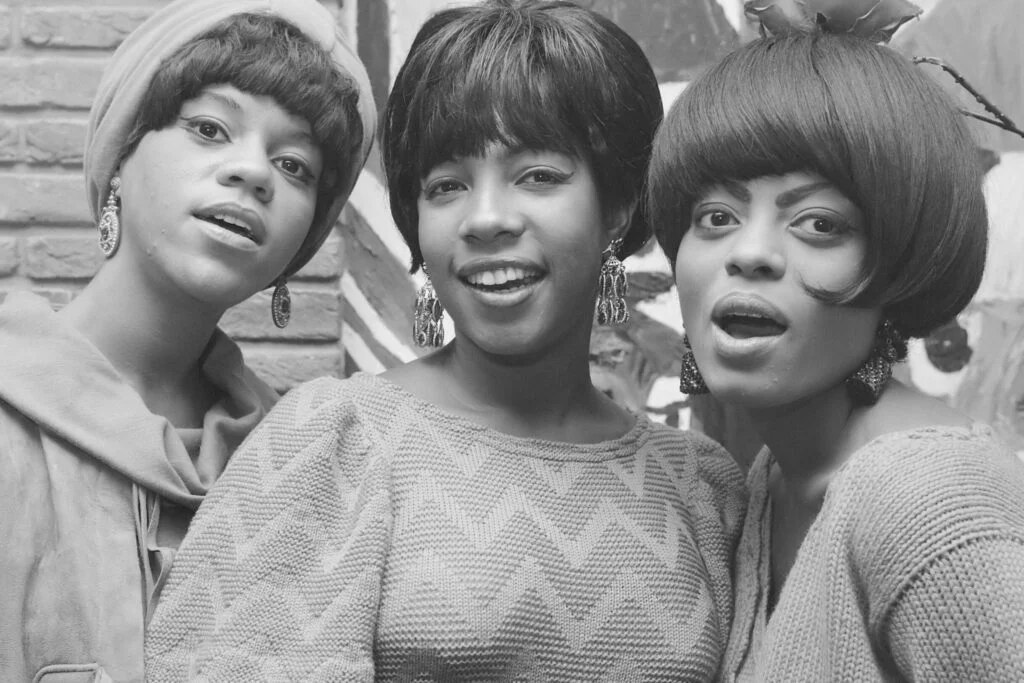1. “You Can’t Hurry Love” – The Supremes
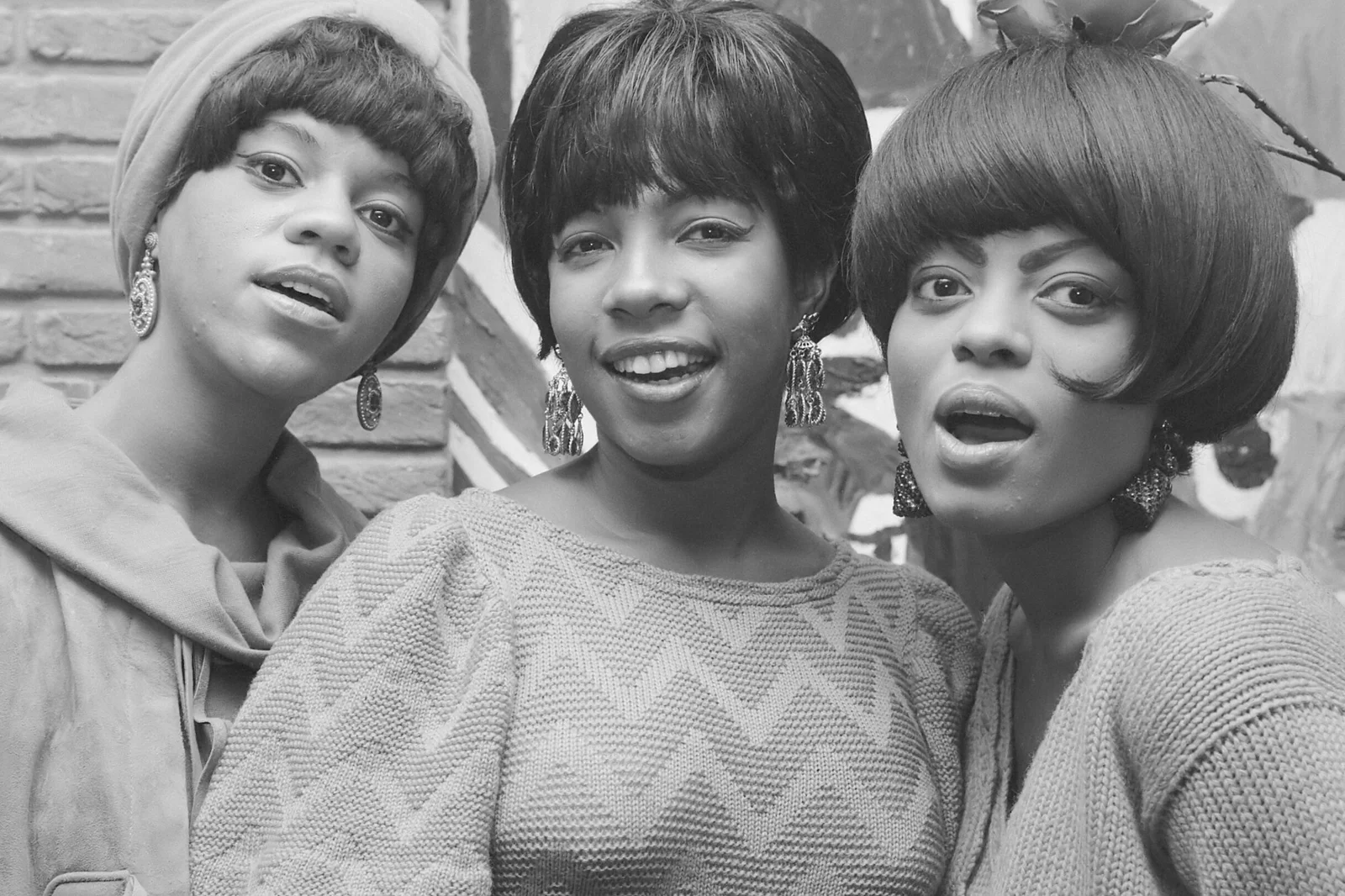
The Supremes were the face of Motown in the ’60s, and “You Can’t Hurry Love” became one of their most iconic songs. While it has since become synonymous with the era, it surprisingly never hit #1 on the Billboard Hot 100 during its initial release in 1966. Instead, it peaked at number 2, blocked from the top spot by The Mamas & the Papas’ “Monday, Monday.” Despite this, the song’s infectious rhythm and Diana Ross’s flawless vocals made it a timeless hit, loved by generations.
The track’s message about patience and the complexities of love resonated with audiences worldwide, helping solidify The Supremes’ place in music history. Today, it’s frequently included in ’60s playlists, its influence still felt in modern pop music. While it was overshadowed by other hits in the moment, “You Can’t Hurry Love” has endured as one of Motown’s best-loved songs.
2. “Under the Boardwalk” – The Drifters
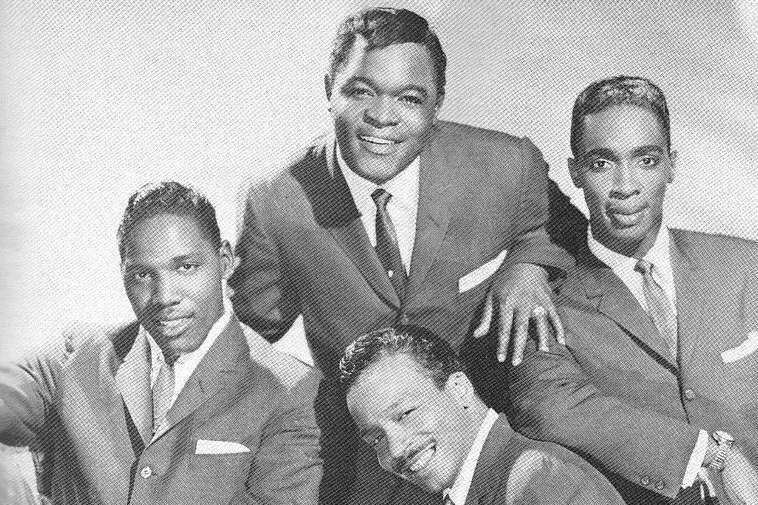
Released in 1964, “Under the Boardwalk” was a massive hit for The Drifters, yet it only reached #4 on the charts, just shy of the top spot. The song became an anthem of summer, with its smooth melody and romantic imagery, but it was stuck in the shadow of other hits during its time. Despite never hitting the top, it gained an eternal spot in pop culture, often played at beach parties or featured in movies.
The track’s lyrics evoke a laid-back, idyllic image of lovers sneaking away to the beach. This was a departure from the more polished love songs dominating the charts at the time, giving it a unique place in ’60s music. Its influence continues to appear in various nostalgic settings, keeping it relevant even decades after its release.
3. “Last Train to Clarksville” – The Monkees
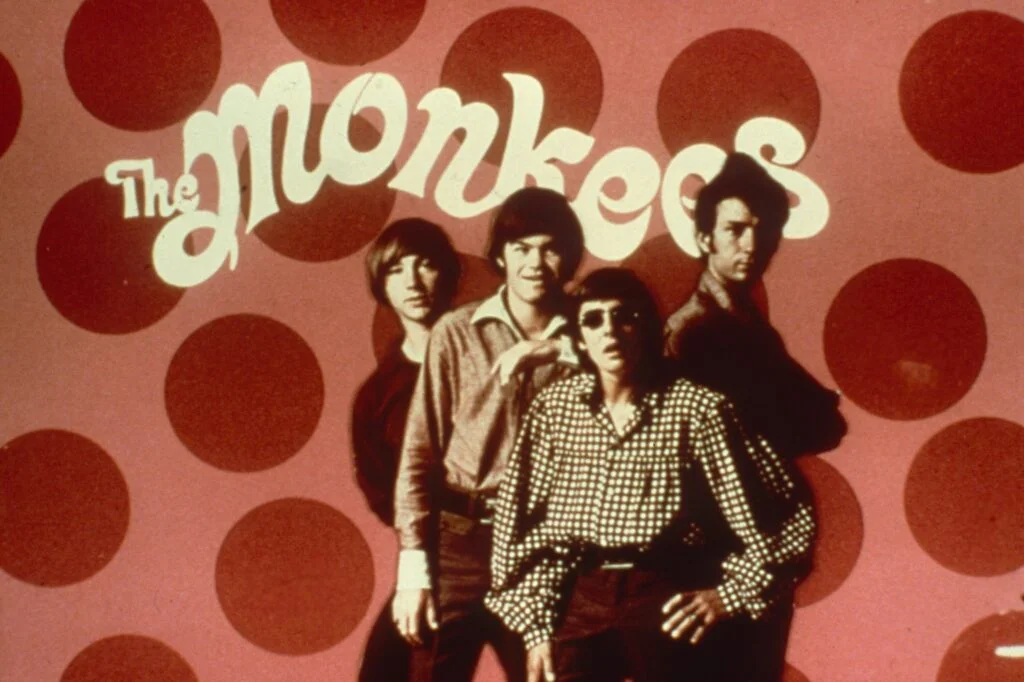
In 1966, “Last Train to Clarksville” became one of The Monkees’ biggest hits, but surprisingly, it didn’t make it to the top of the charts. It reached #1 in Canada but only peaked at #2 in the U.S., just behind the Beatles’ “Eleanor Rigby” on the Billboard Hot 100. This track was the band’s breakthrough, blending upbeat pop with a bit of rock flair, but it never had the staying power of other Monkees hits.
Despite its near-miss at the top, “Last Train to Clarksville” is often considered one of their signature songs. It was part of the Monkees’ TV series soundtrack and solidified their place in ’60s pop culture, continuing to be remembered fondly by fans of the show.
4. “Spill the Wine” – Eric Burdon & War
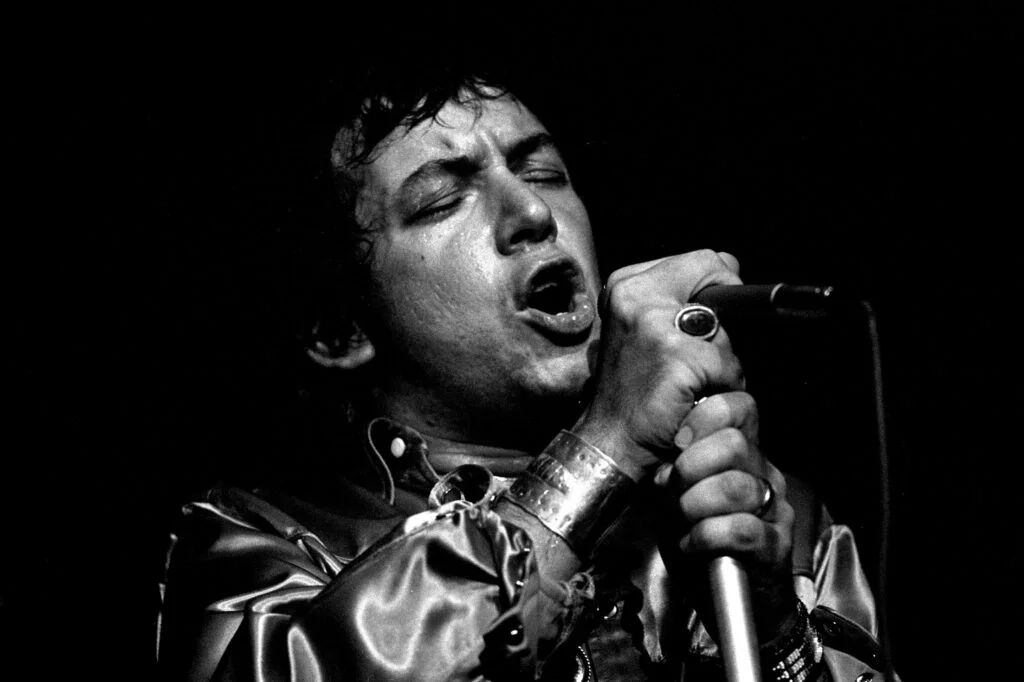
This funky track was released in 1970, just outside the official ’60s era, but its roots are very much grounded in the psychedelic rock that defined the ’60s. Despite being a staple of ’60s-era radio, “Spill the Wine” never quite reached the heights of other songs on the charts, peaking at #3. The song had a groovy, laid-back vibe that paired well with the emerging fusion of rock, jazz, and soul that marked the late ’60s.
While it may not have topped the charts, its infectious beat and catchy hook made it a classic of the era. It has been covered and referenced in numerous pop culture moments, solidifying its place in the hearts of listeners as one of the era’s most underrated tracks.
5. “People Are Strange” – The Doors
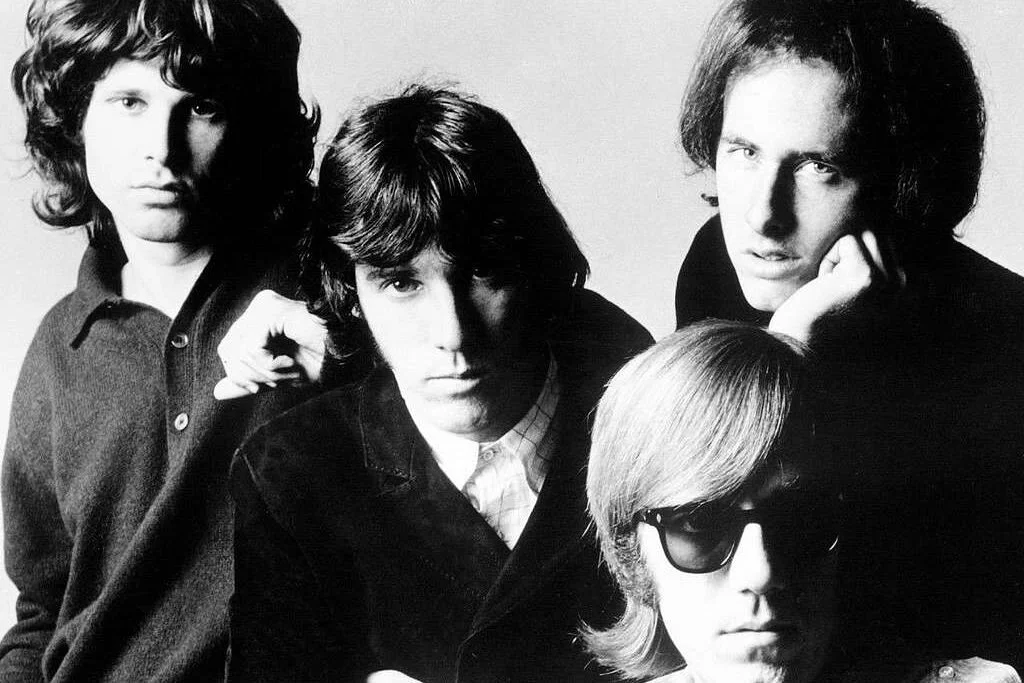
The Doors were known for their experimental approach to rock, and “People Are Strange” was a perfect example of their unique sound. Released in 1967, the song peaked at #12 on the Billboard Hot 100, never quite reaching the top 10 despite its critical acclaim. The song’s haunting melody and Jim Morrison’s introspective lyrics explored themes of alienation and the feeling of being an outsider, resonating with the counterculture movement of the time.
Though it didn’t reach the top of the charts, it remains one of The Doors’ most enduring songs. It’s frequently used in movies, TV shows, and commercials, and its moody, introspective vibe continues to captivate new generations of listeners. The song’s influence on rock music and pop culture is undeniable.
6. “A Whiter Shade of Pale” – Procol Harum
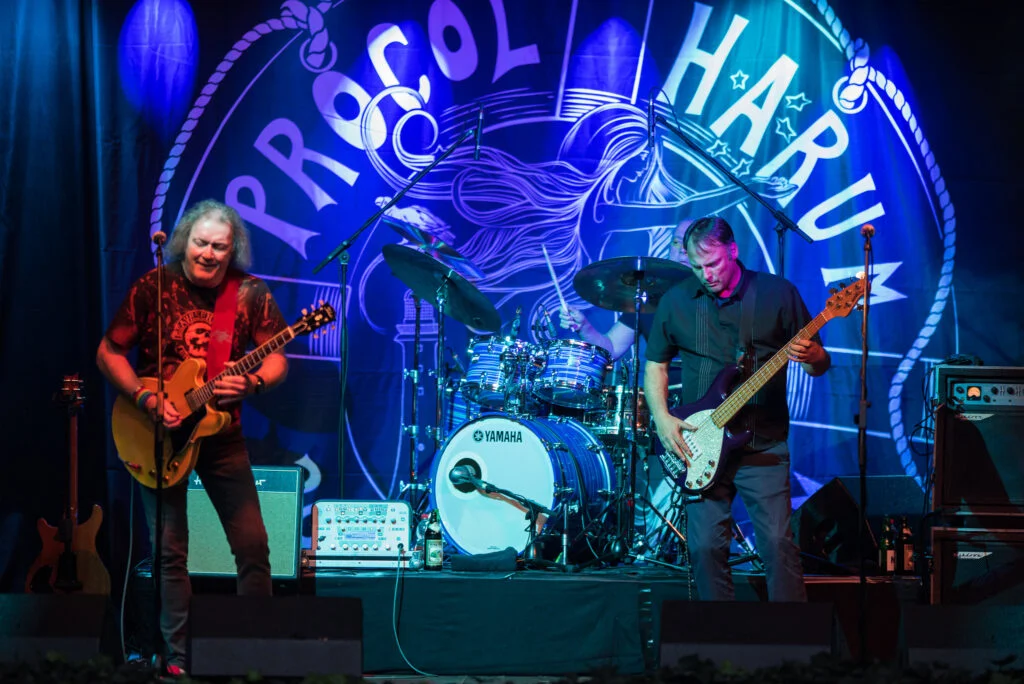
Released in 1967, “A Whiter Shade of Pale” by Procol Harum was one of the most iconic songs of the psychedelic rock era, yet it only reached #5 on the charts. With its haunting melody and Baroque-inspired organ riff, the track became an instant classic, despite never hitting the top spot. Its intricate musical structure and enigmatic lyrics made it a standout in the world of progressive rock, even though it was slightly overshadowed by other hits of the time.
The song’s impact on music and pop culture is immense, often hailed as one of the best rock songs ever written. It continues to be revered for its timeless sound, regularly appearing on “best of” lists from various music outlets.
7. “The Sound of Silence” – Simon & Garfunkel

One of the most iconic songs of the ’60s, “The Sound of Silence” became synonymous with the era’s folk movement. However, despite its critical acclaim, it peaked at #2 on the charts, blocked by The Beatles’ “We Can Work It Out.” Released in 1965, the song captured the disillusionment and quiet desperation of the time, resonating with a generation caught up in social and political upheaval.
Despite never reaching the top, the song’s enduring message has kept it in the cultural spotlight. It’s featured in countless films, documentaries, and retrospectives about the ’60s, ensuring its place as a powerful anthem of the era.
8. “Proud Mary” – Ike & Tina Turner
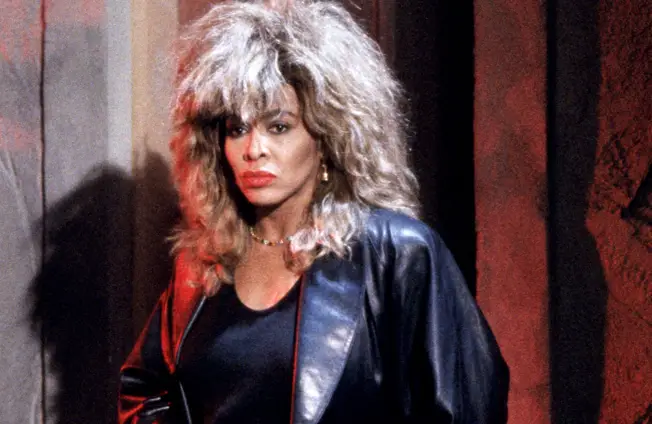
The Ike & Tina Turner version of “Proud Mary” was released in 1971, but its roots lie in the ’60s music scene, and it was a smash hit in its own right. The song peaked at #4 on the charts, despite its undeniable appeal. Tina Turner’s electrifying vocal performance and the duo’s high-energy performance style gave the track a unique soul twist that set it apart from the original version by Creedence Clearwater Revival.
The song’s rhythm and vibrant energy made it an enduring classic that’s still performed by various artists today. It may not have topped the charts, but it remains one of Tina Turner’s signature songs, and its legacy continues to resonate through her performances.
9. “Baba O’Riley” – The Who

One of The Who’s most iconic songs, “Baba O’Riley” was released in 1971 and became an anthem of youth and rebellion. Despite its cultural significance and enduring popularity, it never made it to the top of the charts, peaking at #34 in the U.S. This track is known for its distinctive keyboard intro, which Pete Townshend created using a sequencer, setting it apart from typical rock songs of the time. The song’s anthemic quality and its lyrics about the struggles and aspirations of youth have made it a timeless classic.
Though it didn’t top the charts, “Baba O’Riley” has since become one of The Who’s most beloved songs. Its influence stretches across multiple generations, frequently appearing in TV shows, commercials, and movies, serving as a powerful reminder of the energy and ideals of the ’60s and ’70s youth movements.
10. “Stand by Me” – Ben E. King

While Ben E. King’s “Stand by Me” was a hit when it was released in 1961, it never hit #1 on the charts, reaching a peak of #4 instead. Despite its chart positioning, the song’s powerful message of loyalty and support made it an anthem for generations to come. Its success soared decades later, especially after being featured in the 1986 film of the same name.
The song’s emotional weight and King’s soulful performance have ensured its place in music history. It’s often heard at weddings, graduations, and other significant moments, demonstrating its enduring power to connect with listeners on a deep level.
11. “The Letter” – The Box Tops
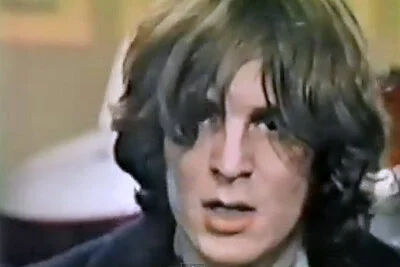
In 1967, “The Letter” became one of the shortest songs to ever top the charts, yet it only stayed at #1 for one week. Although it was a smash hit, it only managed to hold the top spot briefly before being overtaken by other songs. The track featured a young Alex Chilton’s raw, gravelly vocals, making it stand out among other pop songs of the time.
Despite its brief chart-topping run, “The Letter” became a symbol of the power of simplicity in music. Its concise, punchy lyrics and straightforward melody made it a quick, memorable tune that resonated deeply with listeners, solidifying its place in ’60s pop music.
12. “California Dreamin’” – The Mamas & the Papas
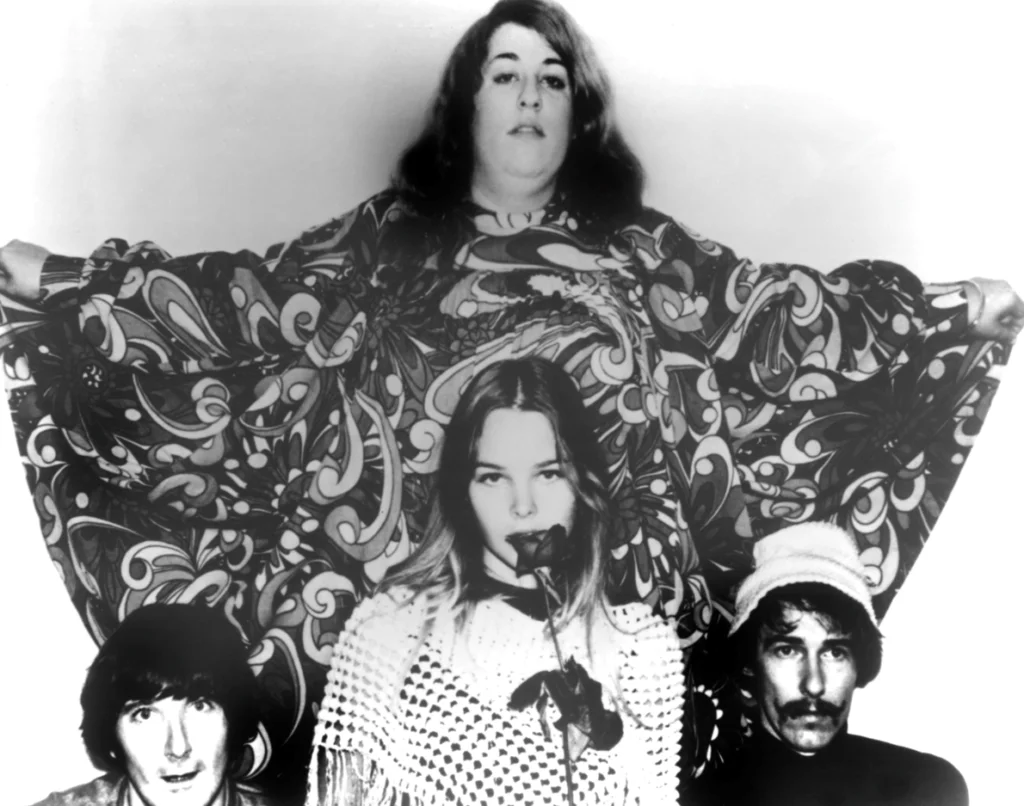
“California Dreamin’” was a defining song of the ’60s, capturing the longing for the warmth of California during the cold winter months. Released in 1965, the song reached #4 on the Billboard Hot 100, but despite its cultural significance, it never reached #1. Its folk-rock fusion became a hallmark of the era, showcasing the rise of folk-influenced rock music that dominated the decade.
While it never hit the top, “California Dreamin’” became a pop culture touchstone. Its wistful, longing lyrics and upbeat melody have made it one of the most recognizable songs from the ’60s, frequently used in movies, commercials, and other nostalgic settings.
13. “The House of the Rising Sun” – The Animals
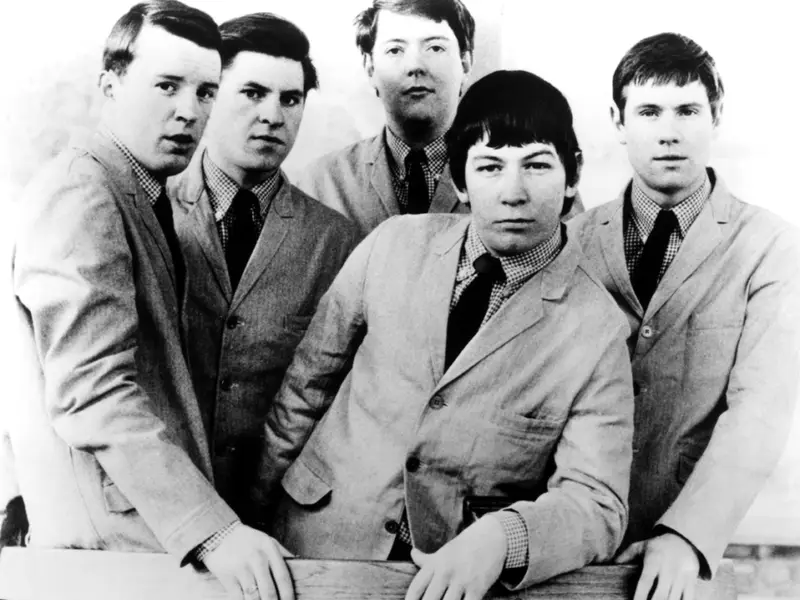
The Animals’ version of “The House of the Rising Sun” is one of the most iconic songs from the ’60s, but despite its success, it only peaked at #2 on the charts. Released in 1964, the folk song was given a rock edge with Eric Burdon’s powerful vocals and the band’s bluesy instrumentation. While it never reached the top, its haunting atmosphere and historical significance made it a standout in the rock genre.
The song’s influence continues to echo through the decades, often considered one of the greatest songs of all time. Its somber mood and unforgettable chorus have made it a classic, ensuring that it remains a staple in the legacy of ’60s music.
14. “My Generation” – The Who
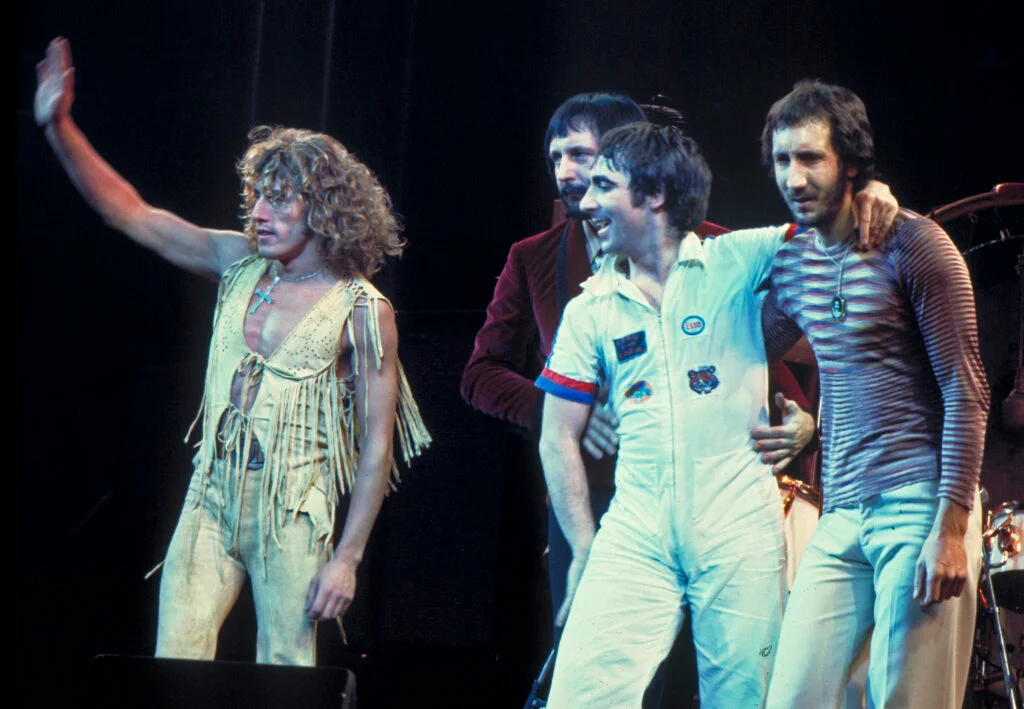
Released in 1965, “My Generation” became an anthem for the youth counterculture of the ’60s, yet it only peaked at #2 in the UK and didn’t crack the top 10 in the U.S. Despite this, it became a rallying cry for young people rebelling against the norms of the previous generation. The song’s aggressive energy, defiant lyrics, and powerful instrumentation helped define the sound of the era.
Though it didn’t reach the top of the charts, “My Generation” became one of the most iconic songs in rock history. Its cultural impact transcended music, influencing everything from fashion to politics, and it remains a symbol of youthful rebellion and defiance.

